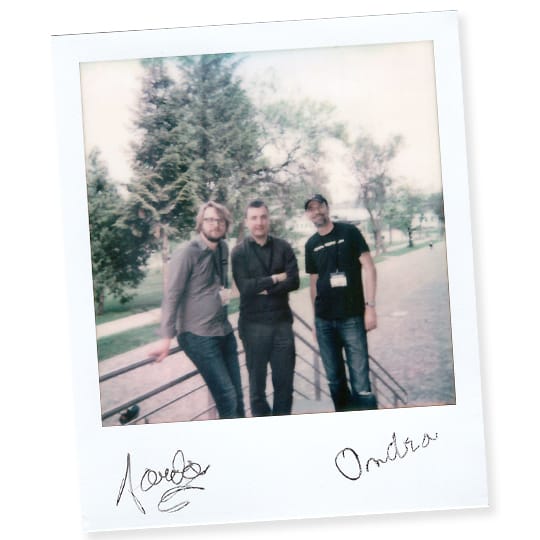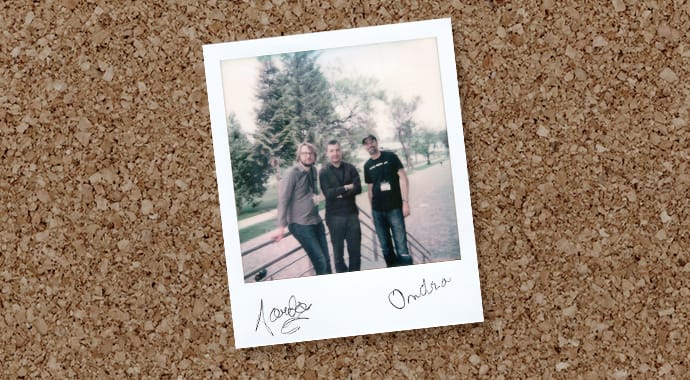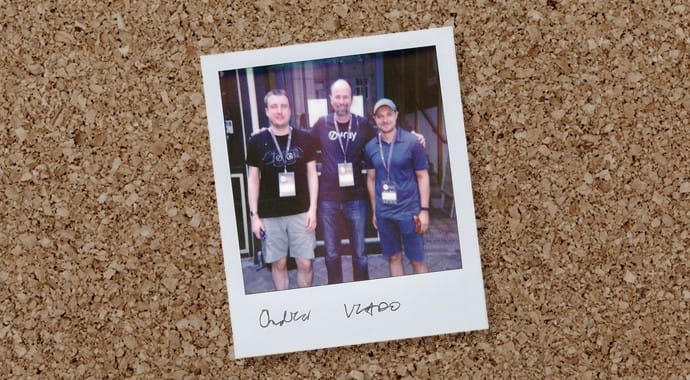
Caustics are everywhere. Defined as concentrations of light refracted or reflected off a specular surface, common examples include the patterns you see on the bottom of a pool and the bright curves of light in a wine glass’s shadow. But they also affect the way you see through windows and the reflections cast by any shiny surface. Turning on caustics in ray-traced renders can add subtle levels of realism, but their high computational expense means they are usually omitted.
That is until now. The latest release of the Corona Renderer includes a vastly improved caustics solver — which minimizes resource-intensive overheads. In this podcast, Corona’s Founding Partner and Main Developer Ondřej Karlik, and R&D Partner Jaroslav Křivánek tell Chris why caustics are so hard to compute. They also discuss the approach they took to make them work, their vision for the future of caustics — and whether the new solver will make its way to V-Ray.


